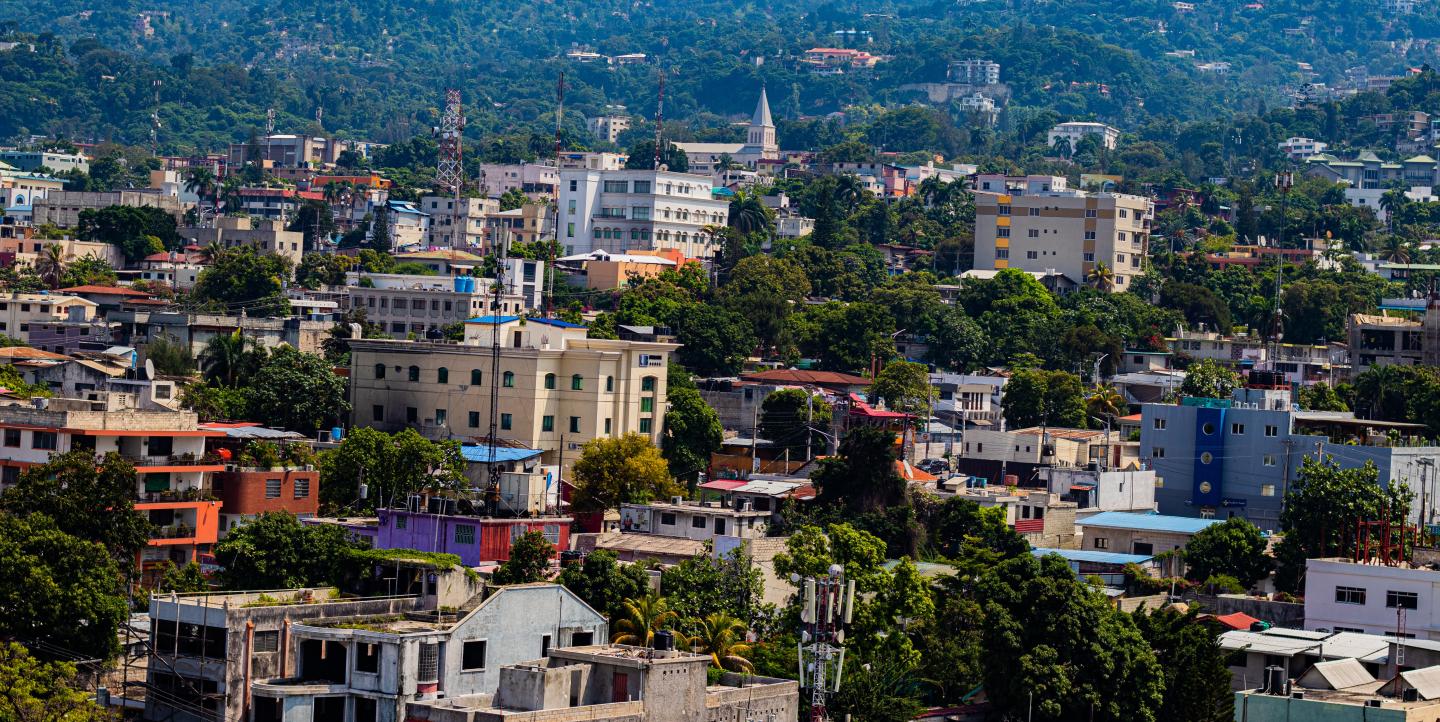Violence in Haiti has escalated over the past few years. The number of “kidnappings, homicides, armed robberies and acts of gender violence” has increased, according to reports from Human Rights Watch, National Network for the Defense of Human Rights and the United Nations Integrated Office in Haiti. Since 2020, four to five people are abducted every day on average. The morning of July 7, 2021 was the most recent example of this, as the world woke up to the news of the assassination of President Jovenel Moïse.
The chaos in the country was further increased in August after a 7.2 magnitude earthquake. According to recent reports from the Haitian Civil Protection Directorate, it resulted in more than 2,000 deaths, 332 people missing and around 12,268 injuries.
Amid the insecurity, journalists are forging ahead. And those aren’t the only crises that reporters in the country have endured.
Violence against media professionals in the Caribbean country is constant, as is the impunity that follows. It surrounds cases such as that of journalist Diego Charles, who was murdered in late June during a shooting in Port-au-Prince, the nation’s capital. Antoinette Duclaire, a journalist for LaRepiblik and a political activist, was also murdered that day.
The Inter-American Press Association (IAPA) condemned the murder of Charles, who worked at Radio Vision 2000 and the digital newspaper Gazette Haïti: “We have been following with great concern the climate of hostility and violence in Haiti, and the exposure and level of risk that journalists have during their daily coverage.”
In 2019, the IAPA report on press freedom in Haiti assessed that journalism in the country is also affected by poverty, lack of infrastructure, lack of essential services, and insecurity.
[Read more: Nicaraguan journalists are targeted under new cybercrime law]
The situation has deteriorated this summer due to the assassination and political turmoil that followed. On the day of Moïse's funeral on July 23, journalists were caught in the crossfires between supporters and detractors of the assassinated president.
In a statement, Amnesty International explained that journalists and human rights defenders are increasingly under attack amid the chaos surrounding the murder of Moïse, violent crime and the human rights crisis affecting the country.
Diego Charles’ murder is the latest in a long list of unsolved journalist deaths.
In March 2018, photojournalist Vladjimir Legagneur left his home to report on the Grand-Ravine neighborhood, in Croix des Bouquets. He never returned home.
In June 2019, Pétion Rospide, a presenter on Radio sans fin, was assassinated in Port-au-Prince on his way home from work. In October 2019, journalist Néhémie Joseph was found in the trunk of his vehicle, shot to death. His colleagues confirmed that Joseph, who had been covering Haiti’s political and economic crisis, had received threats on his life. Who committed the crime remains unknown.
In February, 2019, journalist Robenson Sanon, a correspondent for Reuters, was shot in the arm while covering confrontations between protesters and police. That wasn’t the only violent episode for him. “As a journalist with only one profession — journalism — I cannot take my camera out in public without attracting threats. On the night of February 13, 2020, unidentified individuals broke into my home. They took a laptop, electronic equipment. I lodged a formal complaint at the Central Judicial Police, which unfortunately was dismissed,” said Sanon for this article.
This summer, armed individuals attacked journalist Fritz Pinvin, near the neighborhood he lives in. He was shot several times before being driven to the hospital. Alvales Destiné and Jeanril Méus, two journalist-bloggers, were shot and wounded in February of this year, as police officers attempted to break up protesters. In December 2020, armed bandits attacked Vario Sérant.
In the meantime, after being injured during a demonstration on February 10, 2021 photographer Dieu-Nalio Chéry had to leave Haiti with his family following threats from armed groups. Chéry was a 2020 Pulitzer Prize finalist for images from Haiti, “conveying the horrors of lynching, murder and human rights abuses as the country wrestles with ongoing unrest.”
According to Sanon, government officials used to collaborate with armed gangs to intimidate journalists, civil society organizations and other opponents who dared to criticize the ruling government. “Human rights activists are threatened by armed gangs in broad daylight in the capital, journalists murdered and wounded. Scenes of looting in the daytime, without any action on the part of the security forces,” he said.
[Read more: Reporting the crisis in Myanmar: Lessons from the ground]
The United Nations condemned the attacks against journalists, as did the Association of Haitian Journalists. Despite the pronouncements, the situation hasn’t improved.
For Cyrus Sibert, a journalist with Reseau Citadelle, there is often a political aspect linked to either an influential leader or a sector with the capacity to retaliate against judges and court officials. As a result, legal proceedings move slowly. “There is also the system of evidence tampering. Over time, the evidence is gone, the witnesses demotivated and the complainants discouraged.”
Journalist Robenson Geffard, from the newspaper Le Nouvelliste, agrees: “For each assassination of a press worker, the authorities condemn, and justice remains silent.”
Photo by Reynaldo Mirault on Unsplash.


